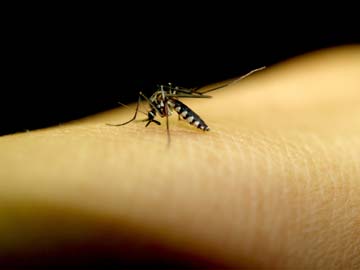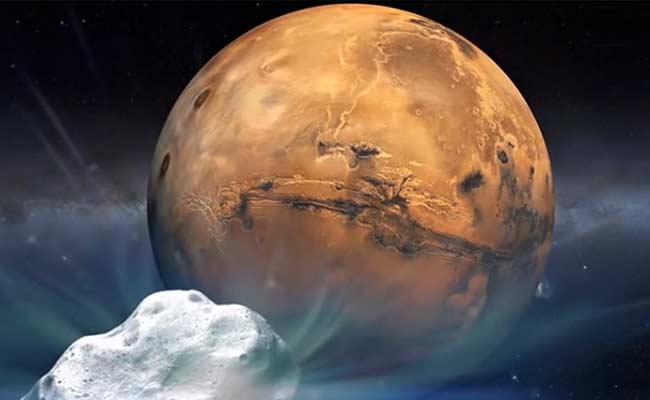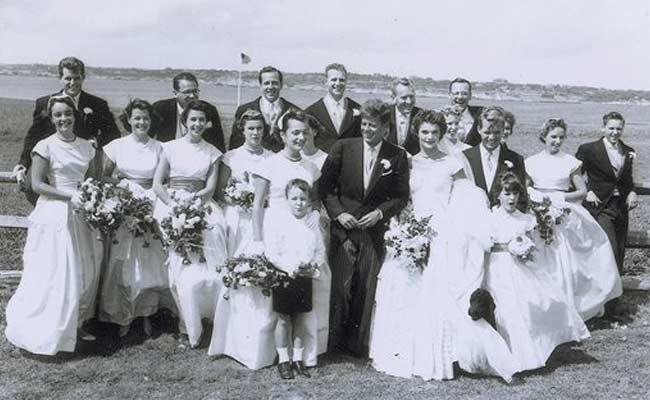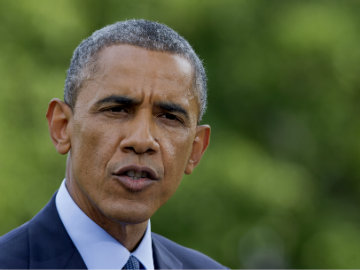San Francisco:
Google Inc is preparing to test new technology that may
provide the foundation for a wireless version of its high-speed "Fiber"
Internet service, according to telecommunication experts who scrutinized
the company's regulatory filings.
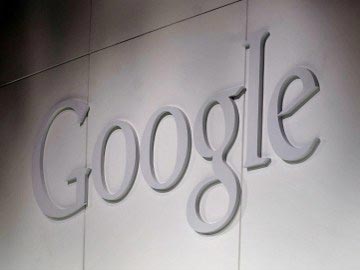
In a public but little-noticed
application with the U.S. Federal Communications Commission on Monday,
Google asked the agency for permission to conduct tests in California
across different wireless spectrums, including a rarely-used
millimeter-wave frequency capable of transmitting large amounts of data.
It
is unclear from the heavily redacted filing what exactly Google intends
to do, but it does signal the Internet giant's broader ambition of
controlling Internet connectivity. The technology it seeks to test could
form the basis of a wireless connection that can be broadcast to homes,
obviating the need for an actual ground cable or fiber connection,
experts say.
By beaming Internet services directly into homes,
Google would open a new path now thoroughly dominated by Verizon,
AT&T, Comcast and other entrenched cable and broadband providers. It
could potentially offer a quicker and cheaper way to deliver high-speed
Internet service, a potential threat to the cable-telecoms oligopoly,
experts said.
"From a radio standpoint it's the closest thing to
fiber there is," said Stephen Crowley, a wireless engineer and
consultant who monitors FCC filings, noting that millimeter frequencies
can transmit data over short distances at speeds of several gigabits per
second.
"You could look at it as a possible wireless extension
of their Google Fiber wireless network, as a way to more economically
serve homes. Put up a pole in a neighborhood, instead of having to run
fiber to each home," said Crowley.
Craig
Barratt, the head of the Google Access and Energy division leading the
effort to offer high-speed fiber networks in Kansas City and other
locations, signed off as the authorized person submitting Google's FCC
application.
The world's No.1 Internet search engine has expanded
into providing consumers with services such as Internet access. The
company said it wants to roll out its high-speed Internet service to
more than 30 U.S. cities, and in 2013 it struck a deal to provide free
wireless Internet access to 7,000 Starbucks cafes across America.
Earlier
this year, technology news website The Information reported that Google
was exploring ways to offer a full-fledged wireless service, with voice
and Internet access, in markets where the company already offers its
Fiber service.
Google's application to conduct the 180-day test
is heavily redacted to protect confidential information that Google said
would provide "valuable insight into Google's technology innovations
and potential business plans and strategy."
The purpose of the
test is so that Google can "expeditiously test radios in a way that is
likely to contribute to the development, extension, expansion or
utilization of the radio art," Google stated cryptically in one of the
filings.
Google declined to comment on the FCC filing.
COULD BE JUST BASIC RESEARCH
Wireless
experts noted that the tests could simply be basic research that does
not ultimately lead to new products or services. In the past, Google has
submitted applications with the FCC to test wireless communications.
The
latest test, which Google hopes to begin on Nov. 13, will include three
sites in the San Francisco Bay Area, including one in San Mateo county
and two locations a half-mile apart which appear to be on Google's
Mountain View, California campus. Google said the effort will use radio
transmitters operating in the 5.8 GHz frequency, the 24.2 GHz frequency
and in the millimeter wave bands of 71-76 GHz and 81-86 GHz, according
to the application.
Millimeter wave frequencies work best over
short distances, such as a few city blocks, and require a direct
line-of-sight connection to a receiver. But multiple such devices placed
next to each other, atop buildings could provide an alternative to
in-the-ground fiber cables used for shuttling data throughout a city as
well as for delivering Internet access directly to residences, theorized
several wireless experts.
"This could be anything from something
relatively small scale, like a way to supplement their existing fiber
system to something like how to put a wireless cloud around your city
that leverages your fiber backbone," said Harold Feld, a senior vice
president at Public Knowledge, a non-profit that focuses on broadband
access and competition issues and which receives funding from tech
companies including Google.
The FCC is scheduled to hold a
meeting on Friday about the use of wireless spectrum above 24 GHz for
mobile services, including ways the agency can facilitate the
development and deployment of technology using such frequencies.
Google
noted that the tests are for narrow-bandwidth transmissions. According
to Crowley, the application suggests that Google will not be
transmitting data over the networks, but sending simple pings between
locations to gauge how the signals travel over distances and in
different terrains.
Google appears to be trying to get ahead of
the competition in understanding the potential to use the millimeter
frequencies now being discussed by the FCC, said Public Knowledge's
Feld.
"If they can pull it off, they will have a potentially very innovative next-generation delivery system," he said.
© Thomson Reuters 2014
